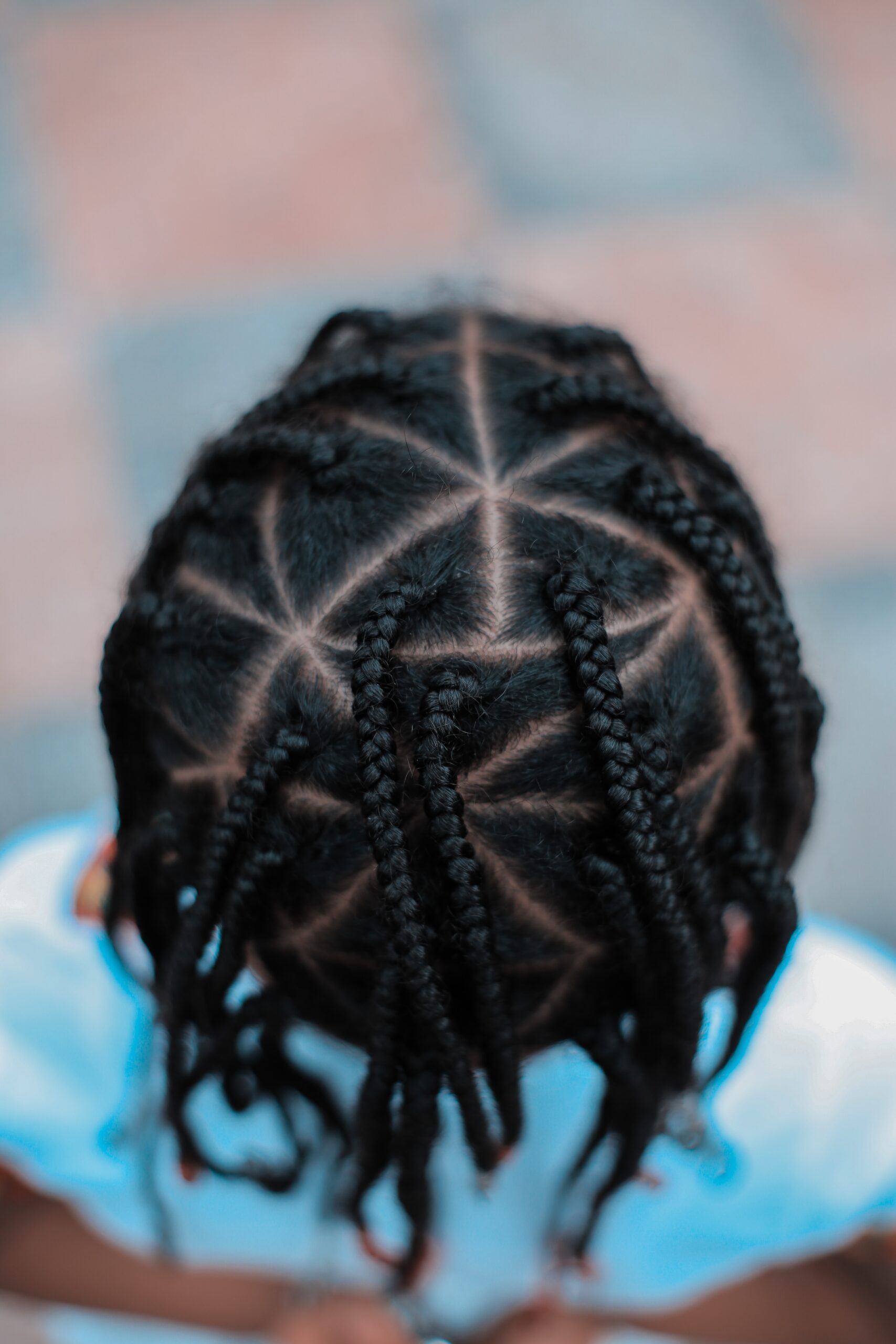
Ethiopian Fulani braids have been an essential part of the country’s cultural heritage for centuries. These intricate, stunning hairstyles are not only a fashion statement but also serve as a symbol of identity and tradition.
Ethiopian Fulani braids have deep roots in African culture, originating from the nomadic Fulani people who reside in various parts of Africa, including Ethiopia. The hairstyle has transcended time and borders, gaining popularity amongst different African communities and now making its mark in the global fashion scene.
Ethiopian Fulani braids are characterised by their intricate patterns, often created by weaving hair into cornrows or plaits. The braids are typically styled in a variety of ways, including symmetrical patterns, geometric shapes, and even incorporating beads or cowrie shells as adornments.
This hairstyle can be customised to suit individual preferences, from the thickness of the braids to the overall design. The addition of colourful threads, beads, or other accessories allows for endless creativity, resulting in a personalised, unique look.
Ethiopian Fulani braids are suitable for a wide range of events, from casual gatherings to formal occasions. The intricate designs make them an elegant choice for weddings, while the low-maintenance nature of the braids makes them ideal for everyday wear. This hairstyle truly caters to all tastes and lifestyles.
It is important to remember that Ethiopian Fulani braids are deeply rooted in cultural traditions. While they are now embraced as a fashionable hairstyle, their origins should be respected and acknowledged. Wearing this hairstyle is a way to appreciate and celebrate the rich cultural heritage it represents.
Image Credit: Photo by Gift Habeshaw on Unsplash




